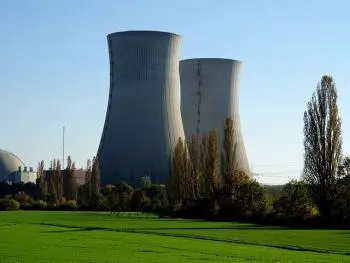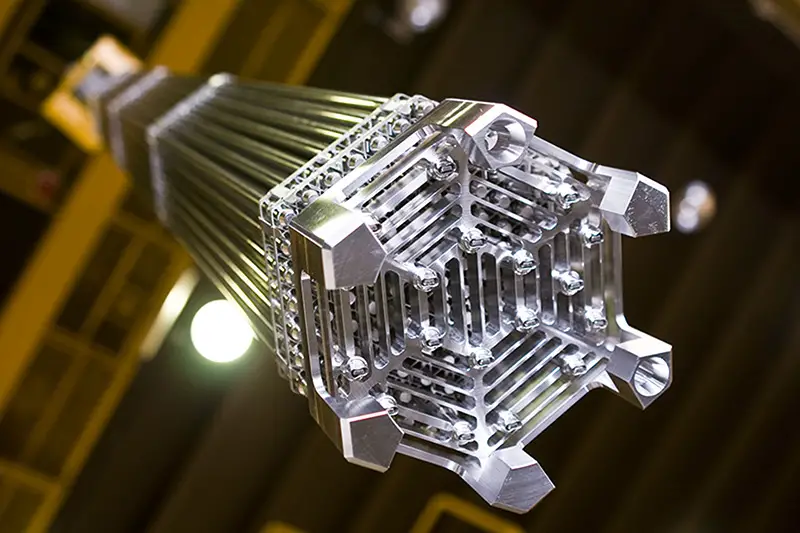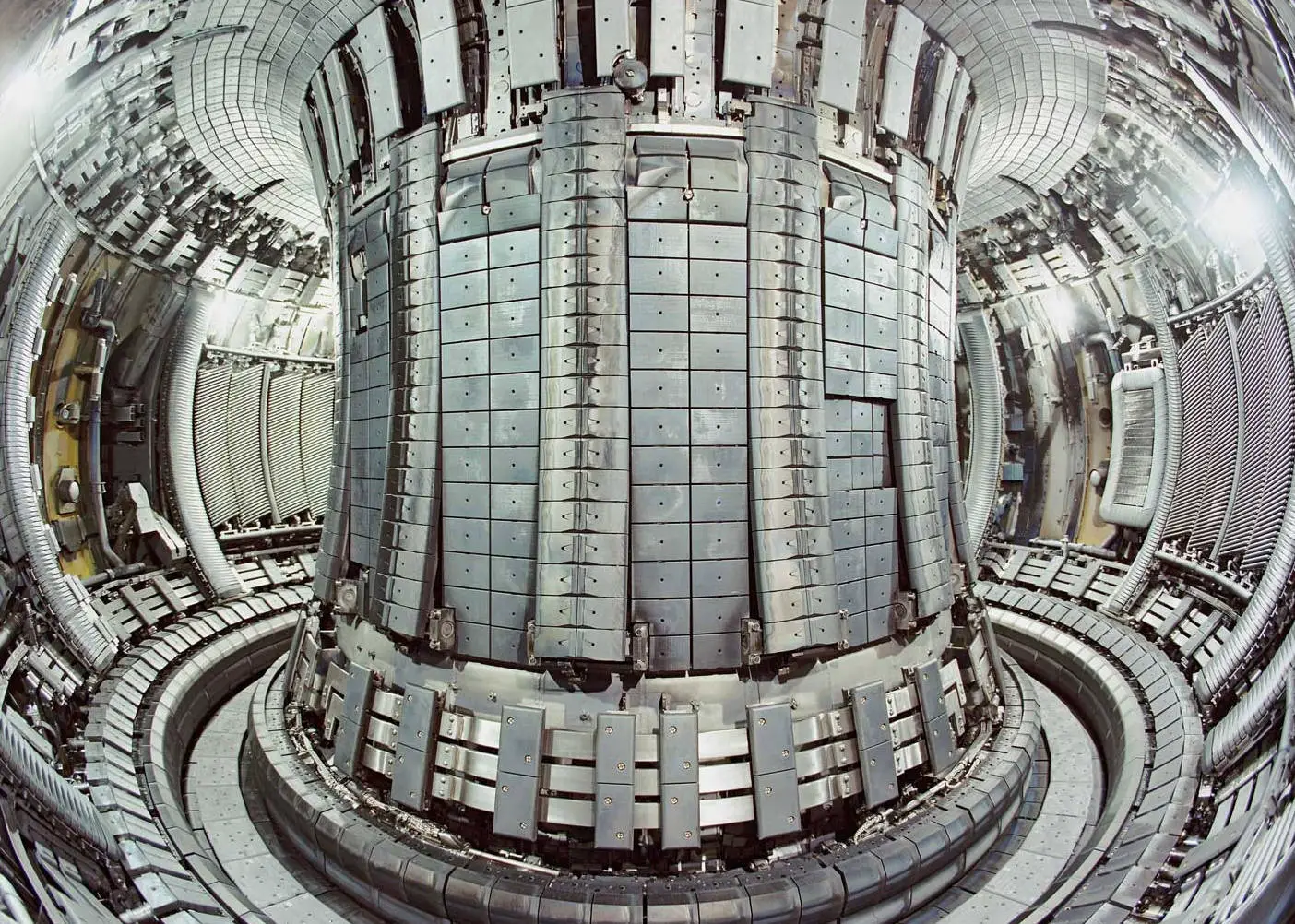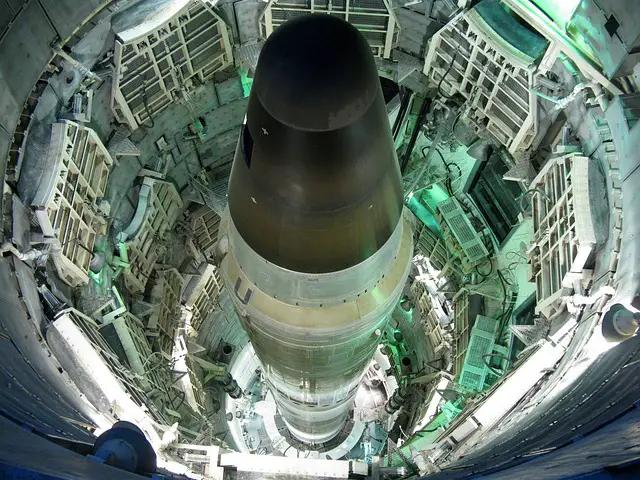
Nuclear energy is a topic that has captured the world's attention due to its ability to generate large amounts of energy from subatomic processes.
Two of the best-known nuclear processes are nuclear fission and fusion. In this article, we will explore in depth the differences between fission and fusion from multiple perspectives, including the underlying physics, implementation techniques, their practical applications, and their advantages and disadvantages.
Differences in nuclear physics
From a nuclear physics point of view, fission and fusion reactions have the following differences:
Nuclear fision
 Nuclear fission is the process by which the nucleus of a heavy atom, such as uranium-235 or plutonium-239, splits into two or more smaller nuclei, releasing a large amount of energy.
Nuclear fission is the process by which the nucleus of a heavy atom, such as uranium-235 or plutonium-239, splits into two or more smaller nuclei, releasing a large amount of energy.
This process is initiated by the capture of a neutron that causes the instability of the nucleus and its subsequent rupture. The energy released manifests itself in the form of heat and radiation.
Nuclear fusion
Nuclear fusion, on the other hand, involves the joining of two light nuclei, such as the isotopic hydrogen deuterium and tritium, to form a heavier nucleus.
This process occurs at extremely high temperatures and under high pressure conditions, such as those found in the core of the Sun and in hydrogen bombs.
Fusion releases an even greater amount of energy than fission, but is more difficult to achieve due to the extreme conditions required.
Implementation Techniques
Currently, there are differences regarding the difficulty of implementing both nuclear energy technologies.
Nuclear fision
Nuclear engineers master the technology of nuclear fission sufficiently to implement it in reactors for electrical production safely.
Nuclear fission has been used in nuclear power plants around the world to generate electricity. These plants use the heat produced by fission to heat water and generate steam, which drives turbines connected to electrical generators.
Additionally, it is used in medical and military applications, including the production of radioisotopes and nuclear weapons.
Nuclear fusion
 On the other hand, nuclear fusion is still in the research and development phase. Although fusion has been achieved in laboratories, maintaining the necessary conditions of temperature and pressure for a long period of time is a significant technical challenge.
On the other hand, nuclear fusion is still in the research and development phase. Although fusion has been achieved in laboratories, maintaining the necessary conditions of temperature and pressure for a long period of time is a significant technical challenge.
Currently, experimental fusion reactors, such as ITER in France, are being built to enhance scientific research and demonstrate the feasibility of fusion as a source of energy.
Practical applications
Although both technologies generate heat energy, the use of nuclear fission presents some differences with respect to the potential that nuclear fusion would have:
Nuclear fision
Nuclear fission is mainly used in the generation of electrical energy. Nuclear power plants provide a continuous and efficient source of power, but they also generate radioactive waste that must be managed safely. Additionally, they are used in medical applications for diagnosis and treatment, and in military applications.
Nuclear fusion
Nuclear fusion has the potential to be an extremely clean and abundant energy source. If a viable fusion reactor is achieved, it could provide an energy source with abundant fuel (hydrogen isotopes) and without radioactive waste in the long term. It could also be used for space propulsion and the production of medical isotopes.
 Fusion-based nuclear weapons, known as hydrogen or thermonuclear bombs, use nuclear fusion as part of their detonation process. These weapons are considerably more powerful than fission weapons and can have a devastating impact on an even larger scale.
Fusion-based nuclear weapons, known as hydrogen or thermonuclear bombs, use nuclear fusion as part of their detonation process. These weapons are considerably more powerful than fission weapons and can have a devastating impact on an even larger scale.
Advantages and disadvantages
Nuclear fision
Advantages
-
Generates energy continuously and efficiently.
-
Low greenhouse gas emissions.
-
Important medical and military applications.
Disadvantages
-
Long-term radioactive waste production.
-
Risk of nuclear accidents.
Nuclear fusion
Advantages
-
Abundant supply of fuel.
-
It does not produce radioactive waste in the long term.
-
Possibility of being a source of clean and sustainable energy.
Disadvantages
-
Requires extreme temperature and pressure conditions.
-
Fusion technology still under development.
-
High research and construction costs.
Conclusion
Nuclear fission and fusion represent two different approaches to harnessing the power of nuclear energy.
While fission has been widely used in power generation and in military and medical applications, fusion is still in development, but promises a clean and sustainable energy source for the future. Each approach has its own advantages and challenges, and their evolution will continue to play an important role in the global energy and technology landscape.